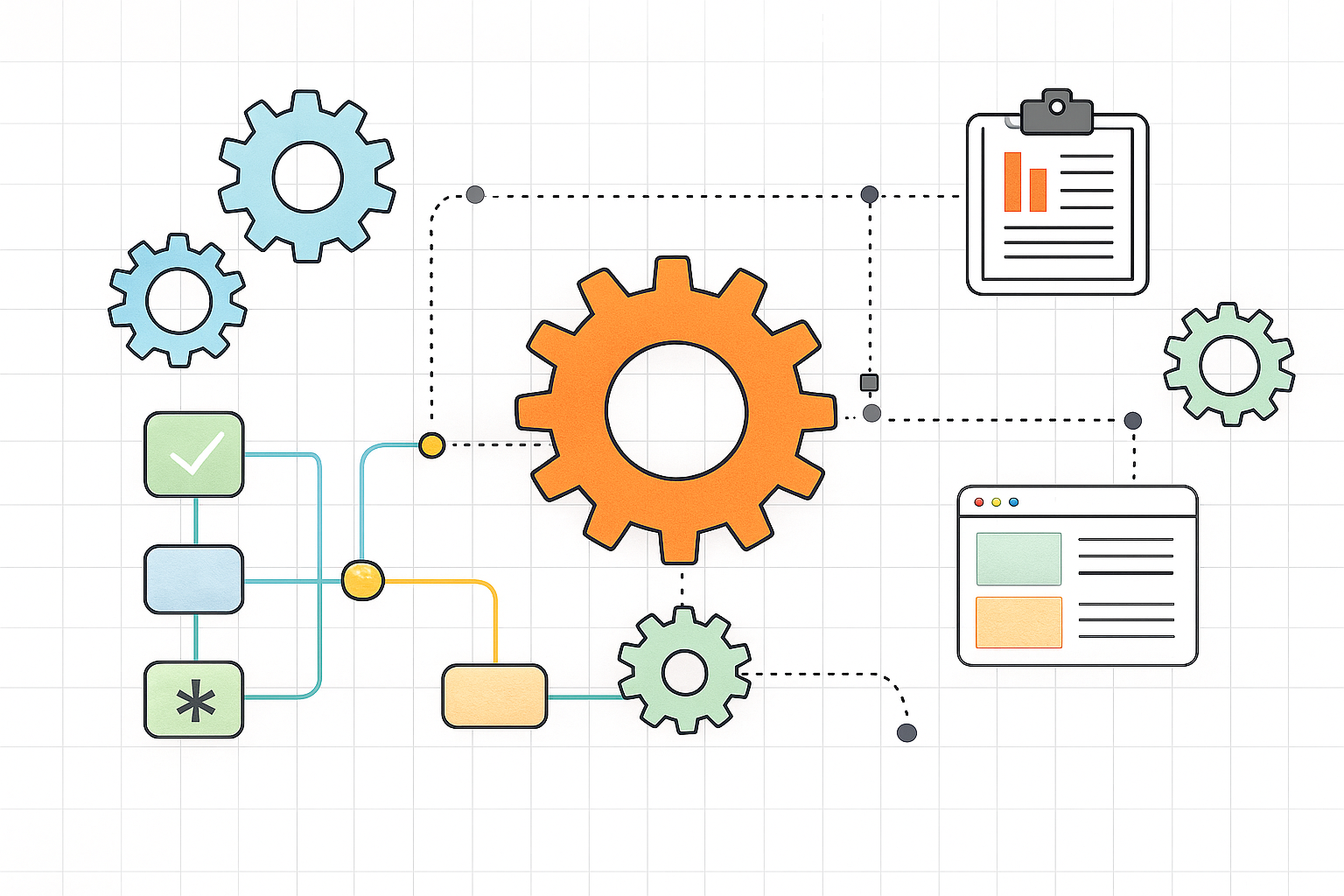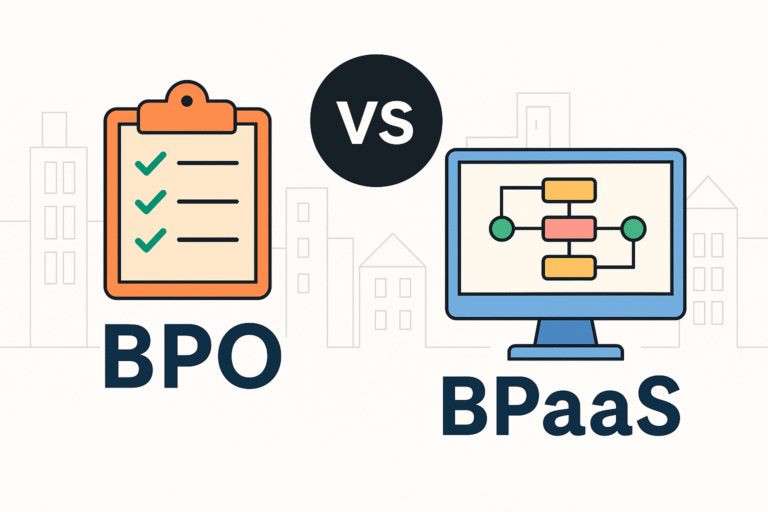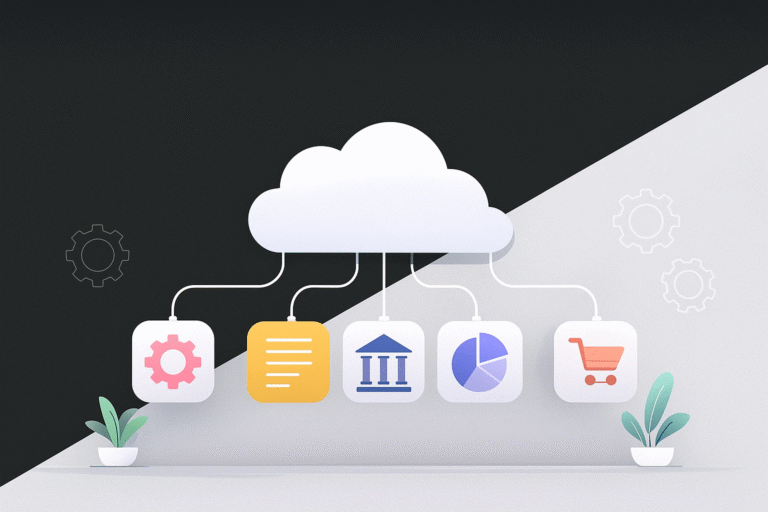Ticket Prioritization Methods: Proven Strategies for Smarter, Faster Support
Introduction: The Hidden Bottleneck in Customer Support
AI ticket prioritization methods are transforming how modern customer support teams manage growing ticket volumes. Every support operation faces the same challenge: too many tickets and too little time. Agents spend hours sorting through incoming requests—some urgent, others routine—trying to decide what to handle first. This manual triage process leads to missed SLAs, slower resolutions, and frustrated customers.
AI-driven ticket prioritization introduces an intelligent, data-based approach that turns support management from reactive to predictive. By using machine learning, sentiment analysis, and contextual understanding, AI automatically ranks tickets by importance, urgency, and business impact. As a result, the right issues get resolved first, helping teams achieve faster response times and higher customer satisfaction.
In this guide, we will explore:
- The evolution from manual to AI-driven prioritization
- The top AI ticket prioritization methods used by leading support teams
- The metrics that matter most
- Real-world examples of smart ticket prioritization
- How Cuber.ai helps automate prioritization at scale
1. From Manual Sorting to Smart Automation
Traditionally, ticket prioritization followed simple rule-based logic:
- “If the customer is VIP, mark as High.”
- “If the issue includes ‘urgent’, assign first.”
While effective at a small scale, rule-based systems break down with volume, complexity, and ambiguous language.
The Problem with Manual Rules
- Lack of context: Keywords do not always reflect urgency.
- Inflexibility: Rules require constant updates for new workflows.
- No improvement loop: The system does not learn from experience.
How AI Changes the Game
AI learns dynamically. It analyzes historical data, sentiment, SLAs, customer profiles, and resolution outcomes to predict which tickets are most critical before agents even open them.
2. Key AI Ticket Prioritization Methods
These are the main ways companies use AI to create faster and smarter support operations.
a. Machine Learning Classification
Supervised models learn from past tickets labeled by priority.
Example: A telecom provider trains a model to identify service outages versus billing issues, automatically ranking outages as critical.
b. Sentiment and Emotion Analysis
Natural Language Processing (NLP) detects tone, emotion, and frustration.
Example: A message saying, “I’ve been waiting three days with no response!” is prioritized higher than “Just checking on my request.”
c. Predictive SLA Modeling
AI forecasts which tickets are at risk of breaching SLAs based on historical patterns.
Example: The system escalates tickets likely to miss deadlines within two hours.
d. Customer Value Scoring
AI blends CRM data such as lifetime value and contract type to prioritize high-impact customers.
Example: Tickets from enterprise clients are automatically flagged for priority handling.
e. Multi-Factor Priority Scoring
The most advanced systems combine all these signals into a single score that updates in real time.
3. Metrics That Matter in AI Ticket Prioritization
| Category | Metric | Impact |
|---|---|---|
| Efficiency | Average Resolution Time (ART) | 25–40% faster resolution |
| SLA Adherence | % of Tickets Breaching SLA | Reduced by up to 50% |
| Customer Experience | CSAT and NPS Scores | Higher satisfaction and loyalty |
| Agent Productivity | Tickets Resolved per Agent | 20–35% improvement |
AI ticket prioritization delivers measurable improvements across efficiency, customer satisfaction, and productivity.
4. Real-World Examples of Smart Ticket Prioritization
Telecom Example: Faster Outage Response
A major telecom provider used AI to detect spikes in “no signal” complaints. The system automatically prioritized those tickets, alerting field teams faster and reducing resolution time by 35 percent.
SaaS Example: Intelligent Escalation
A B2B SaaS provider leveraged sentiment analysis to detect negative tone in emails from enterprise clients. These were automatically escalated to senior agents, preventing churn and improving retention.
Retail Example: Adaptive Seasonal Prioritization
Retailers integrated AI to adjust priority scores during seasonal surges such as holiday orders, cutting response delays and boosting satisfaction.
5. How to Implement AI Ticket Prioritization
| Step | Action | Outcome |
|---|---|---|
| 1 | Data Audit | Evaluate ticketing data for volume, tags, and outcomes to identify training signals for the AI model. |
| 2 | Model Setup | Start with supervised ML and NLP sentiment models to achieve early accuracy with existing data. |
| 3 | Integration | Connect to tools like Zendesk, Salesforce, or Freshdesk to enable seamless ticket scoring and routing. |
| 4 | Human Oversight | Allow agents to adjust scores to improve model accuracy. |
| 5 | Continuous Learning | Retrain as new data grows to keep prioritization aligned with real-world trends. |
6. How Cuber.ai Helps Teams Prioritize Smarter
Cuber.ai combines AI prioritization, smart routing, and workflow automation in a single platform.
With predictive models, sentiment-based scoring, and real-time SLA detection, teams can automate up to 70 percent of triage tasks without losing human control.
Key benefits include:
- Adaptive ticket scoring by industry and profile
- Smart routing based on intent and skill
- Workflow automation connecting AI and RPA
- Analytics that reveal SLA risk and agent performance
The result is faster responses, happier customers, and scalable support operations.
Conclusion: Building a Smarter Support Future
AI ticket prioritization is a must-have for modern support operations. As customer expectations increase, predictive prioritization helps teams focus on what truly matters.
The future of customer service belongs to organizations that use intelligent automation to combine speed, accuracy, and empathy.
FAQs
Q1. What is AI ticket prioritization?
AI ticket prioritization uses machine learning and NLP to automatically rank support tickets based on urgency, sentiment, and business impact.
Q2. How does AI improve response times?
AI detects patterns and predicts which tickets are most critical, allowing teams to handle high-impact issues first and reduce average resolution time.
Q3. Can AI integrate with existing help desk tools?
Yes. Most AI ticket prioritization systems integrate seamlessly with tools like Zendesk, Freshdesk, and Salesforce.
Q4. What results can teams expect from AI ticket prioritization methods?
Organizations typically see a 25–40% improvement in resolution speed, better SLA adherence, and higher customer satisfaction scores.





